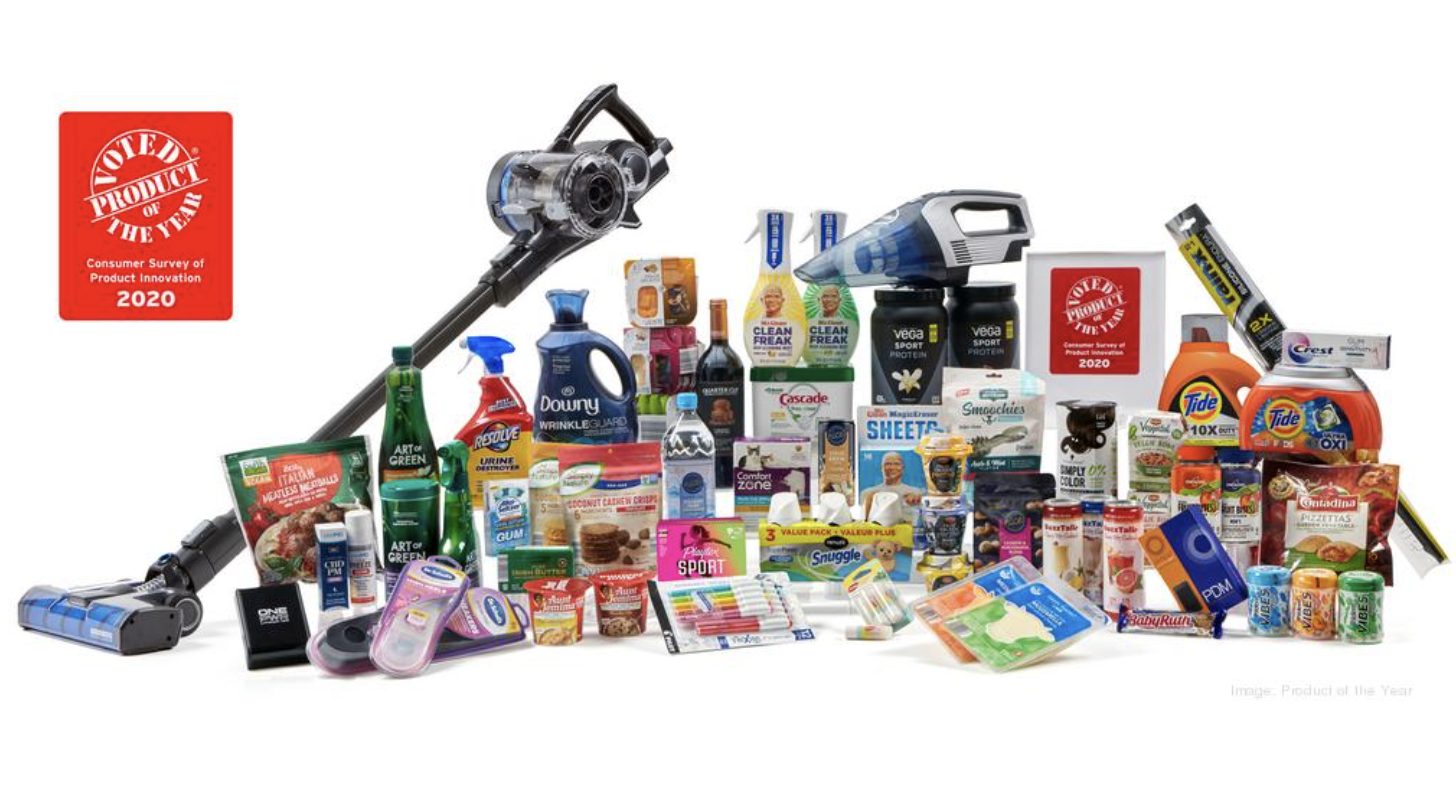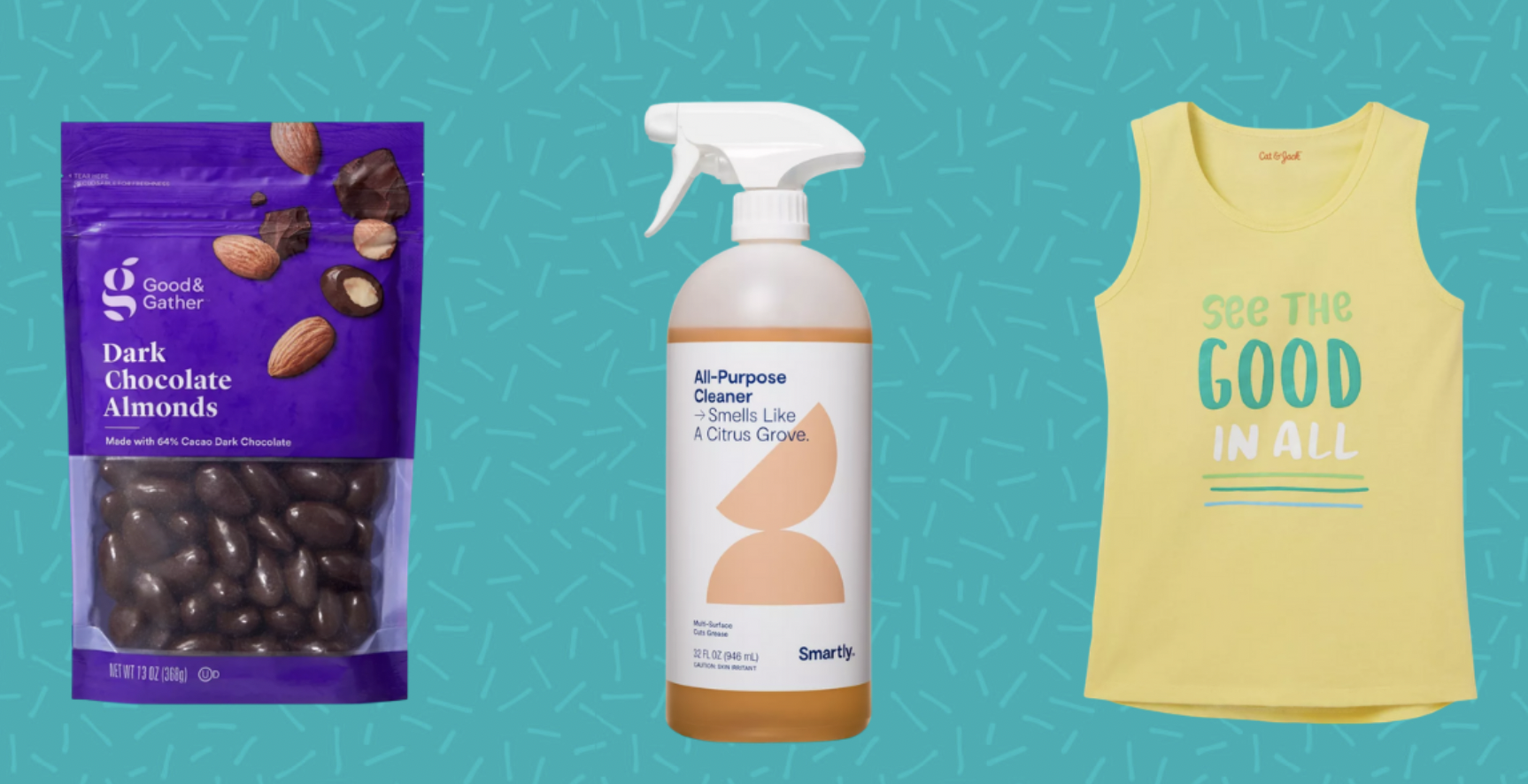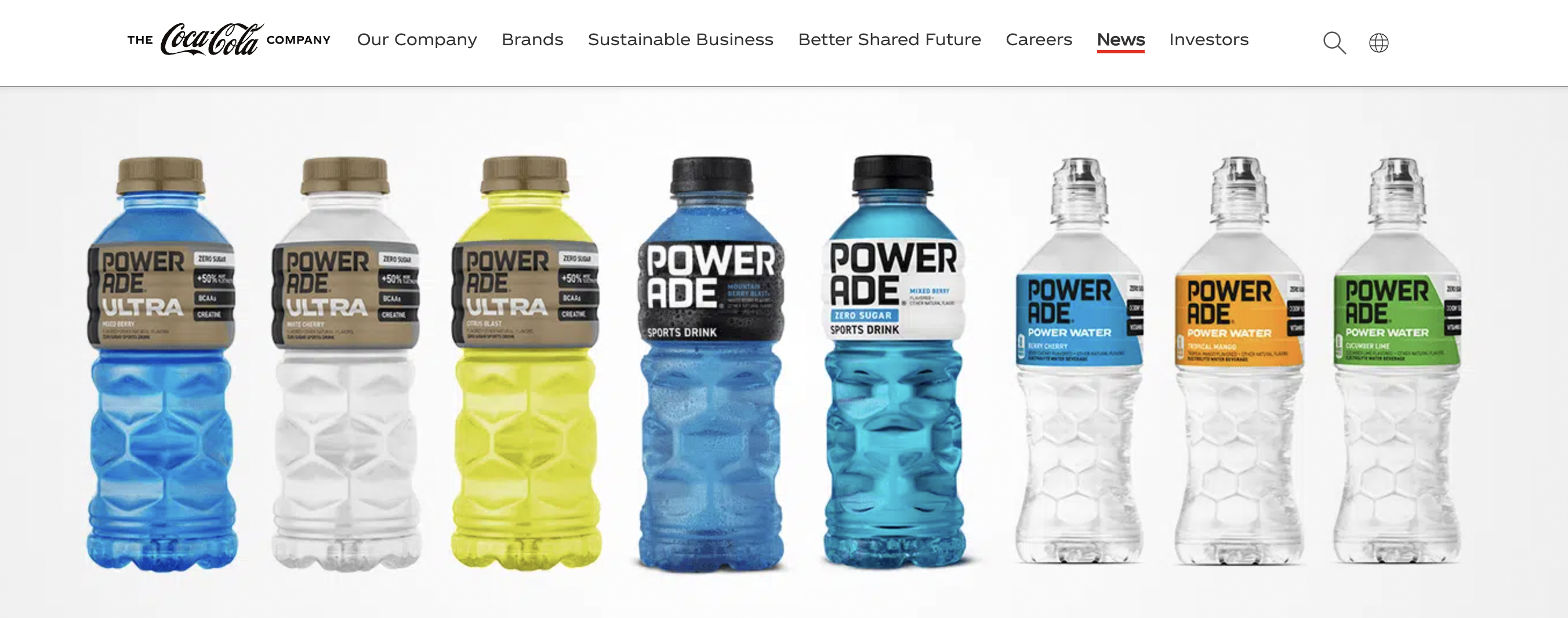
What Is Product Branding and How to Use It to Your Advantage
Last update: 19 March 2024 at 02:49 pm
Product branding is an excellent tool that businesses can use to develop a branding campaign for specific products instead of the business as a whole.
It is an important strategy that businesses must understand if they want to appeal to different segments outside their current audience. Here’s everything you need to know and product branding and how it differs from corporate branding.
Key Takeaways
- Product Branding Overview:
- Product branding focuses on individual products, creating distinct brand identities separate from the company’s overall brand.
- Key Differences from Corporate Branding:
- While corporate branding shapes the company’s overall perception, product branding targets specific products to appeal to diverse market segments.
- Examples of Successful Product Branding:
- Pepsi, Coca-Cola, Procter and Gamble, Target utilise product branding to diversify their offerings and reach various consumer demographics.
- Benefits and Characteristics:
- Simplifies purchasing decisions, appeals to specific market segments, creates product distinction, and provides market clarity.
What Is Product Branding?
Product branding, in basic terms, is the use of brand identity on a specific product or service, rather than the company as a whole. The use of a name, their own logos, and unique design gives the product a distinct brand identity that is separate from the overall business brand.
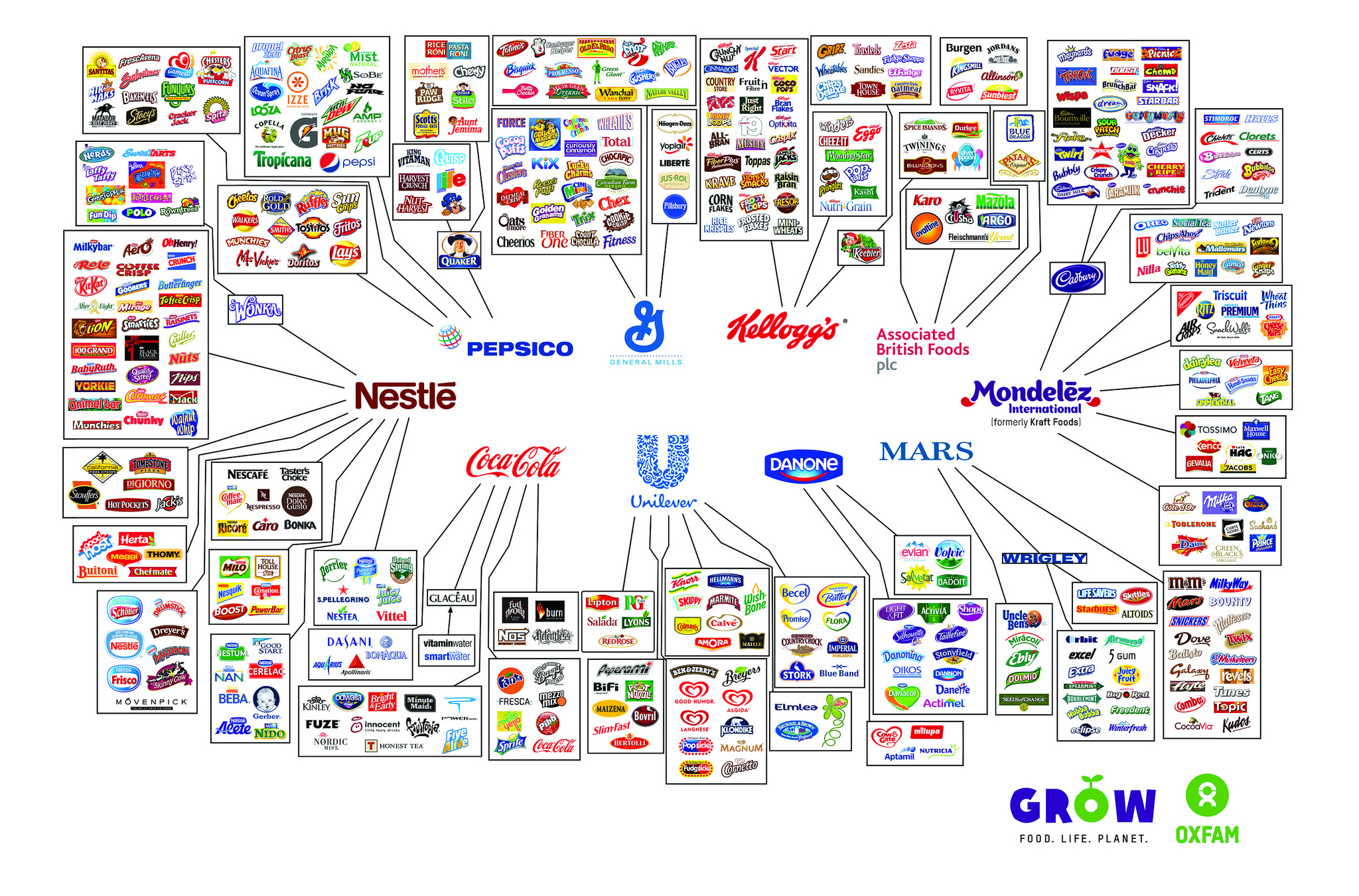
Within the scope of marketing, creating or modifying a brand is one of the most challenging and expensive tasks. Creating a successful product brand requires consistency, proper planning, and efficient implementation. However, when developed in the right way, a product brand can help to drive sales in a way that your company brand cannot.
There are different levels to product branding, and how much time you dedicate to it ultimately depends on what you are trying to achieve. It could be as simple as designing a new logo and coming up with a name, but it could also mean multiple rounds of market research and product development.
Either way, understanding exactly what product branding is, how it benefits your business, and how to develop a strong product brand can help you grow your business.
What Is The Difference Between Product Branding and Corporate Branding?
Although there are some similarities between product branding and corporate branding, there are also many differences.
Corporate branding is the perception of your entire company. It affects all branches of your business – not just the products you create or sell.
For example, if you have an excellent reputation for customer service, that will carry through to everything you do. On the other hand, if one of your products has issues or causes problems for customers, it can damage your entire branding strategy even though you may have dozens of other popular products that people love.
With corporate branding, every element counts, which means consistency is key.
Product branding, on the other hand, focuses on specific products. The branding strategy is built around a specific product rather than the company as a whole, and it distances the brand image of the product from other products made by the same company.
The difference between corporate and product branding is important because they both serve different purposes. Product brands allow companies to branch out and appeal to consumers that don’t fall under their normal target audience.
What Are Some Examples of Product Branding?
Pepsi
Pepsi is one of the most recognisable in the world, but they make all kinds of other products that are not usually associated with them because they have distinct product branding.
They manufacture Lays crisps, Tropicana Orange Juice, and Quaker Oats, to name a few. But these products are separated from their core Pepsi products because each brand represents something different.
Coca-Cola
Arguably more popular than Pepsi, the Coca-Cola company also has many more products under its brand than its iconic original Coca-Cola drink.
From other soft drinks to water, juice, and isotonic, Coca-Cola is one of the biggest brands in the world to incorporate product branding into its branding strategy.
Procter and Gamble
In terms of household products, P&G has little competition when it comes to providing us with detergent or dishwashing soaps.
Did you know that they also have food products? If you also need a shave, you could buy one of their razors as well.
Target
Just like with many large supermarkets, if you live in the United States, it’s very likely that you have visited Target at least once in your life. If so, you will have noticed that many items on the shelves with the Target label.
How Does Product Branding Benefit Your Business?
Successful product branding benefits your business in a number of ways.
It makes purchasing decisions simple for consumers.
Consumers are faced with a massive amount of choice whenever they enter a store or shop online, and this can cause difficulties due to the psychology of choice. They know what problem they have, and they’re looking for a product to solve it. Product branding is your opportunity to make the purchasing decision simpler for them.
Even in specific product categories, the product branding can instantly let customers know that yours is right for them. For example, in the food and drink sector, specific product branding that focuses on health and wellbeing separates those products from sugary drinks.
It appeals to a specific market segment.
Large companies that offer a range of products are often catering to all kinds of different demographics. Creating a corporate brand that appeals to those varied groups is incredibly difficult and, in many cases, not possible.
But product brands appeal to a specific market segment, so you can use a different strategy to connect with all the different subsections of your target market.
You will also benefit from this if you are trying to break into a market that your product is not usually associated with. Companies like Coca-Cola making sports drinks is a prime example of this.
Ordinarily, athletic people would not be interested in a Coca-Cola product because they automatically assume it is unhealthy. But the separate branding for Powerade appeals to that specific segment.
It creates a distinction between the parent company and the product.
Association with established corporate branding does have some benefits, but it also makes it more difficult to create a product that stands out in its own right. Successful product branding allows you to build excitement and momentum around specific products and build a reputation separate from the rest of the company.
It separates the parent company from product failures.
Product failures can be devastating for businesses. When your products don’t live up to expectations, your company’s reputation suffers, and it can impact sales of other products. However, if they are marketed under their own brand instead of the umbrella corporate brand, you create distance. So, the negative impact of the product failure is not felt by the business as a whole.
It creates market clarity.
Having lots of products under one umbrella name will be incredibly confusing for customers. For example, a recognizable brand like Proctor and Gamble makes all kinds of products from razors to washing up liquid and nappies.
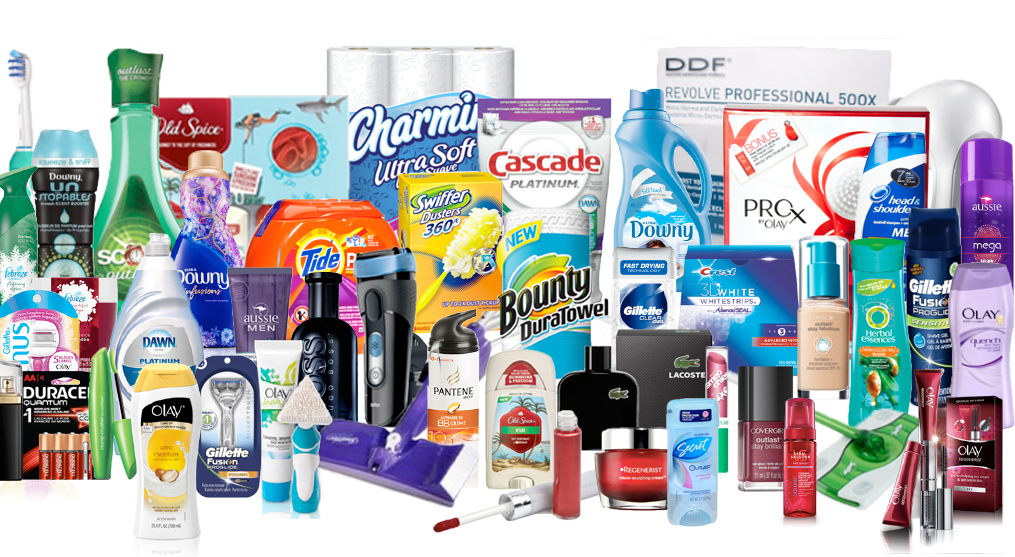
It’s important that these products are all sold under their own brand, so customers know exactly what it is that they are buying and what area of the market the brand exists in.
What Characteristics Does A Strong Product Brand Have?
Developing a strong product brand can benefit you in a variety of ways, but how do you know if you’ve got it right? These are some of the characteristics that a strong product brand has.
It differentiates itself from the competition.
To create a product brand that your consumers will take notice of, it needs to stand out from the crowd. If your product branding is similar to your competitors, it will fade into the background.
Picture all of the most recognisable brands in the world and see if you can think of others that look very similar. Chances are, you can’t. That differentiation is crucial because, even though you are not using the parent corporate brand, your products still need to be instantly recognisable as yours.
However, that distinction is just as important within your own family of products. If you have multiple products that appeal to different types of audiences, you need to make a clear distinction between them. Otherwise, consumers will not be clear about whether the product is for them or not.
It appeals to a specific submarket
The product should appeal to a subsection of consumers and stand out from its competitors because it clearly identifies with those consumers. Sugar-free food items are a prime example of this. They are not just targeting people that like that specific type of food, they are appealing to a subsection of that audience who are also trying to live a healthier lifestyle.
People often make the mistake of assuming this is a bad thing because it limits sales to a very small group. However, having multiple different product brands that target small groups is far more effective than trying to create a blanket brand.
It clearly demonstrates the features/benefits of the product
When people look at a product on the shelf, they need to know exactly what it does and what the benefits are.
Remember, when you are selling a product, you are solving a problem that a customer has.
If people are not confident that your product solves their specific problem, they won’t buy it. A strong product brand is built around the functionality and benefits of the product.
How To Implement Product Branding In Your Business
Understand the purpose of your product
Before you start developing a product brand, it is crucial that you understand the purpose of your product. What customer needs are you trying to solve? Are there similar products on the market? Unless you have a deep understanding of exactly what your product is and who it is for, you will not be able to create a strong brand.
Research your target audience
Once you understand your product, it’s really important that you do some market research to see what your consumers want. Find out their opinions on similar products and what they like about them. Look at what other brands in the sector are successful.
|
Discover the most relevant agencies for your project based on your own specific requirements.
Find an agency!Create a brand identity that fits your product
Once you have a clear idea of what your product is for and who you are trying to target, you can start creating your brand strategy and developing marketing materials.
Brand Name
Firstly, you need to come up with a winning brand name that reflects your product brand.
Logo Design
Logo design is also an important element, and simplicity is the key here. If you overcomplicate your logos, you risk watering down your message. The best logos are simple and clearly demonstrate what the product does.
Work together with a graphic design agency to develop a unique and sales-driving logo.
Color Scheme
Your color scheme is an essential element of your brand design. Think about your potential customers and what kind of color palette is likely to resonate with them.
Product Packaging
Packaging makes a huge difference to the visual identity of your product too. Simple things like bottle shape or the materials used give your branding a distinct identity. Sustainability is a crucial element, and using recyclable materials in your packaging can give a clear indication of your company’s values.
Advertising Campaigns
Creating advertising campaigns that line up with your branding is key. Think about how you present yourself on social channels and create a unique identity online. Think outside the box too and consider options like wraps on company cars, or guerilla marketing, for example. However, make sure that you offer a consistent experience, just like you would with your corporate brand.
Businesses that don’t have a strong understanding of product branding are missing an excellent opportunity to reach customers that fall outside the remit of their normal target audiences. By creating personal branding for each of your products, you can appeal to a particular market in specific areas and drive more sales. However, it is important that you invest a lot of time in your branding because any missteps could cost your business.





